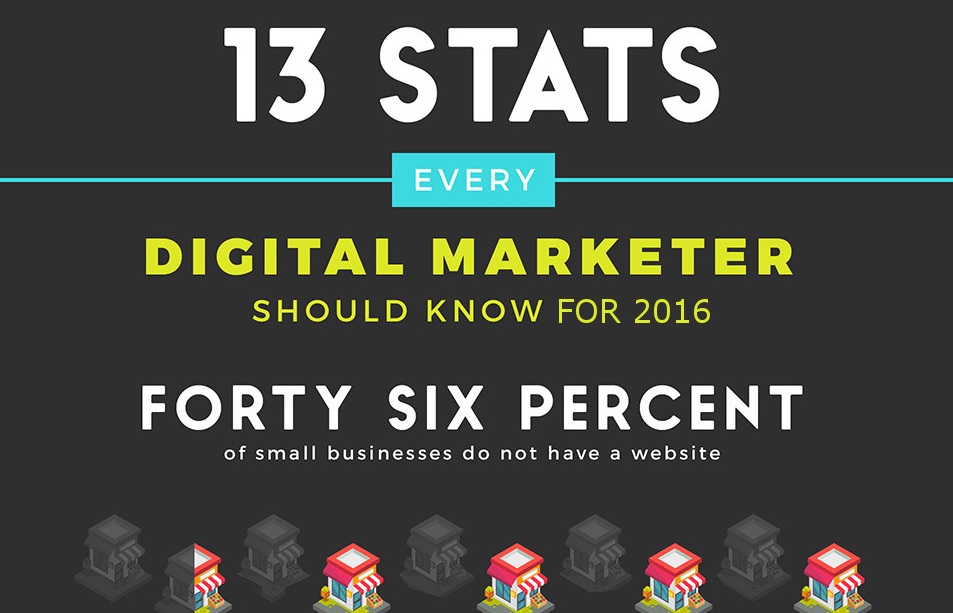Each Jan. 1, people wake up with a new list of resolutions and goals for the coming year. Understanding common categories can help you market to your audience more effectively and match user expectations for the season.
Product imagery and engagement is the best way to create a strong connection with target consumers. Which factors does your audience care most about? Understanding your customers’ deepest desires is your first step to selling more to your current clients and attracting new ones.
Consumers’ New Year’s Resolutions and Marketing Ideas for Businesses
YouGovAmerica recently reported around 37% of people have a resolution this year. An excellent place to start with your annual marketing plan is by figuring out what the majority of those resolutions are and how to apply them to your business model.
Some categories repeatedly appear, such as health, finances, and happiness. The poll taken by the government shows the percentages of people and what goals they set for themselves.
- Improve physical health - 20%
- Save money - 20%
- Exercise more frequently - 19%
- Eat healthier - 18%
- Be happier - 17%
- Lose weight - 17%
- Travel - 14%
There is some variation in goals between men and women, so fully understanding your buyer personas makes a big difference in your marketing for consumers’ New Year’s resolutions. Here are some ways to market to your customers based on the most popular categories.
1. Weight
Many people focus on weight loss as they move into a new year. Sometimes the goal is tied to being healthier, and sometimes they simply want to fit back into their clothes after overindulging during the holiday season.
Weight can be a tricky subject unless you run a gym or sell some type of product related to weight loss. You never want to assume your audience needs to lose weight or wants to. However, if you sell something that can help, it’s okay to talk up the benefits of using your product.
Most people will prepare for their new diet plan well before January, so you should kick off any marketing related to New Year’s weight loss goals and have it ready to start the day after Christmas.
2. Finances
Most people spend too much money on Christmas. As gift-giving ends, they tend to look at their credit card bills or lack of savings and try to figure out how to improve their finances. Whether they have good intentions to save all year and avoid the same problem the following year, or they simply cut back for a couple of months, their finances may impact how much they spend with your brand.
January and February are good times to offer deals too good to refuse. You want the savings they reap from your offers to outweigh any other benefits. Show them how buying now saves them in the long term.
Encourage them to consolidate expenses by rolling high-interest credit cards into low- or zero-interest ones.
3. Health
Another focus for many people as the world grows older is to focus on better health practices. Their health goals may or may not apply to your business model. One way to get them excited about new products is to launch them and relate them to the person’s goals.
For example, if you sell running shoes, you might create a video of the latest model. Add some testimonials from people who decided to get fit and buy the shoes and how they helped them achieve their goals.
Health improvement might include stress management, which can apply to many apps and services. If people set a goal to make more time for themselves in the new year and stress less, you can focus on their need to reduce time spent on high-stress tasks by explaining what you offer.
4. Happiness
Many people focus on growing happier and reducing the things that make them miserable. One way to tap into the power of “be happier” consumer resolutions is by highlighting some of your best-selling products from the past.
What things sold best in the last few years during the first quarter? Can you bring them back or show how they are new and improved? Perhaps you can offer a special on all your bestsellers.
5. New Focus
People’s focus shifts as they move into a new year. They may prep for tax time or want to invest in new tech and other things they couldn’t buy in the previous year. Your content should shift along with their interests.
Perhaps you sell a tech product for small business owners. How can they take advantage of tax write-offs? You may even want to hire a CPA or professional to write guest content to share with your readers.
What keywords are your target customers most likely to search for in the first quarter? Think about their needs. You can even survey them and ask them what topics would be most helpful to them at this time.
You might be surprised at how you can tie tax and other topics into the content you already provide. Plan and have the articles ready to roll out as soon as the new year hits.
5. Save Money
Many people set financial goals for the new year, and one is saving money. They might cut subscriptions, look for the best deals, or cut out things like their daily drive-through coffee habit. Q1 is a great time to share new offers with your loyal customers.
You should also offer some referral specials so they’ll tell others about great deals, and you’ll gain new customers from word-of-mouth marketing. Think about the specials that worked best for you in the past. How can you tap into something similar with your current product offerings?
6. Organization
Another common New Year’s resolution is getting organized. Chaotic homes, schedules, and lives often prevent people from becoming the best version of themselves. If your business has anything to do with being better organized, you should focus on pushing deals and content about it as people start the year.
For example, perhaps you sell totes. Create videos showing how they can be labeled and stacked to create better and more efficient storage. Know who your customers are. The average homeowner will use totes differently than those selling products in a warehouse.
7. Travel
If you sell anything related to travel, start pushing specials and offers now. Get people to see how planning trips ahead benefits them.
Statista recently predicted the travel and tourism industry’s revenue will hit $854.8 billion in 2023 and grow around 4.41% annually through 2027.
Carnival Cruises utilizes an excellent model where customers can put a small deposit down and pay for their trip over several months. People can budget a monthly payment and look forward to an upcoming trip they’ll take.
Those who want to travel more but haven’t gone places a lot in the past often struggle with the big chunk of money you must spend upfront. Breaking it down gives them a chance to budget accordingly.
If you run any type of getaway, resort, or travel agency, consider adding payments as a beneficial feature. If they flake out and don’t pay for their trip, you still keep their deposit in most instances. Make sure you lay out the cancellation terms so you don’t get left holding a bill, and figure out the best way to utilize payments without harming your business model.
Talk to Your Customers
Your best resource for marketing to consumers’ New Year’s resolutions is understanding what your clients want. Take the time to talk to your top repeat people about what brings them back year after year. What are their goals for the new year, and how can you help them achieve them? Once you understand your buyers, it’s much easier to reach new ones in the same demographic through intensive marketing for the new year.
Related Posts
Devin Partida writes about topics concerning tech and the internet. She is also the Editor-in-Chief of ReHack.com.







